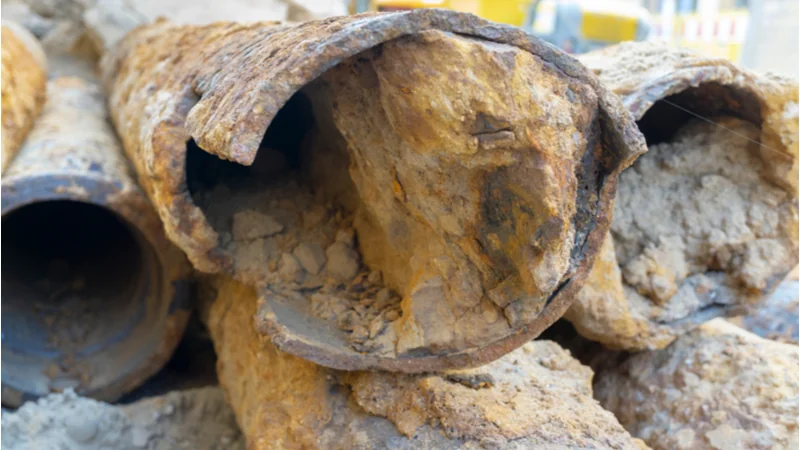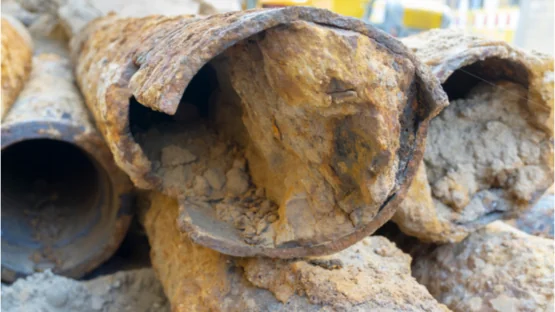In a new study published in Oxidative Medicine and Cellular Longevity, the researchers have shown that klotho ameliorates vascular calcification via increased autophagy [1].
‘Rusty’ arteries
Vascular calcification, the deposition of minerals in the cardiovascular system, is a complex pathological process that accompanies aging. It is associated with an increased risk of stroke, coronary artery disease, and mortality.
There are several forms of vascular calcification, including the calcification of the vessels and the heart valves. Intimal calcification is confined to the intimal layer of the vessel wall, which is composed of endothelial cells, and the medial form takes place in the medial layer of the vessels, which is composed of smooth muscle cells and the elastin-rich extracellular matrix.
Intimal calcification is associated with atherosclerosis and is characterized by inflammation and lipid deposition. Medial calcification leads to stiffening of the arterial wall and hypertension.
Several approaches to reverse both intimal and medial calcification are being developed. For example, Cyclarity Therapeutics is working on interventions to target damaged cholesterol and thus remove arterial plaques, which might lead to calcium deposits dissolving and the reversal of atherosclerosis. Meanwhile, Elastin Therapeutics aims to restore degraded elastin by removing calcium deposits from stiffened arteries.
Previous studies have shown a link between the well-known ‘anti-aging’ enzyme klotho and vascular calcification. Given that klotho overexpression reverses aortic vascular calcification in klotho-deficient mice, further investigation is warranted to explore the underlying mechanism.
In this study, the researchers explored the link between vascular calcification and klotho levels. Importantly, lack of klotho is associated with all-cause mortality in people, so clarifying if and how klotho boosting should be done to rejuvenate aged arteries is certainly worth investigation.
Klotho to the rescue
First, the researchers analyzed the association between serum klotho levels and aortic calcification based on computed tomography images in 27 participants aged 55-85. People with low levels of klotho demonstrated a higher extent of calcification and vice versa.
Next, the researchers analyzed the aortas of 4-week-old mice with different levels of klotho expression: knockout (no klotho), klotho homozygous (some klotho), and wild-type mice (normal levels of klotho). As expected, klotho deficiency resulted in vascular calcification, with calcium content inversely proportional to klotho levels.
In the next set of experiments, the researchers showed that injecting klotho protein every 48 hours for 2 weeks reversed aortic calcification in knockout mice. Meanwhile, klotho-deficient mice demonstrated increased autophagy. Therefore, the researchers used an autophagy activator, rapamycin, and an autophagy inhibitor, chloroquine, to explore if autophagy manipulation could reverse calcification in klotho deficient mice.
Interestingly, the rapamycin-induced autophagy boost protected klotho knockout mice against vascular calcification, while inhibiting autophagy with chloroquine enhanced the calcification. Similarly, supplementing klotho promoted autophagy in the knockout mice, thus ameliorating the aortic calcification.
Finally, a series of experiments in vitro, which used mouse aortic vascular smooth muscle cells treated with a calcification medium, confirmed that klotho inhibits calcification by enhancing autophagy.
Abstract
Vascular calcification (VC) is regarded as a common feature of vascular aging. Klotho deficiency reportedly contributes to VC, which can be ameliorated by restoration of Klotho expression. However, the specific mechanisms involved remain unclear. Here, we investigated the role of autophagy in the process of Klotho-inhibiting VC. The clinical study results indicated that, based on Agatston score, serum Klotho level was negatively associated with aortic calcification. Then, Klotho-deficient mice exhibited aortic VC, which could be alleviated with the supplementation of Klotho protein. Moreover, autophagy increased in the aorta of Klotho-deficient mice and protected against VC. Finally, we found that Klotho ameliorated calcification by promoting autophagy both in the aorta of Klotho-deficient mice and in mouse vascular smooth muscle cells (MOVAS) under calcifying conditions. These findings indicate that Klotho deficiency induces increased autophagy to protect against VC and that Klotho expression further enhances autophagy to ameliorate calcification. This study is beneficial to exploring the underlying mechanisms of Klotho regulating VC, which has important guiding significance for future clinical studies in the treatment of VC.
Conclusion
This study explored in detail the protective effect of klotho against aortic calcification. The authors show that klotho deficiency triggers protective autophagy and promotes vascular calcification. Klotho supplementation then promotes further autophagy to inhibit calcification.
Therefore, autophagy is an important klotho-mediated mechanism that could potentially be manipulated to reverse vascular calcification. However, this mechanism was only demonstrated in mice, and the human data collected in the study is just a correlation between the levels of klotho and aortic calcification. Future research will hopefully exploit this knowledge to develop effective therapies to rejuvenate aged arteries.
Literature
[1] Li, L., Liu, W., Mao, Q., Zhou, D., Ai, K., Zheng, W., … & Zhao, X. (2022). Klotho Ameliorates Vascular Calcification via Promoting Autophagy. Oxidative Medicine and Cellular Longevity, 2022.




